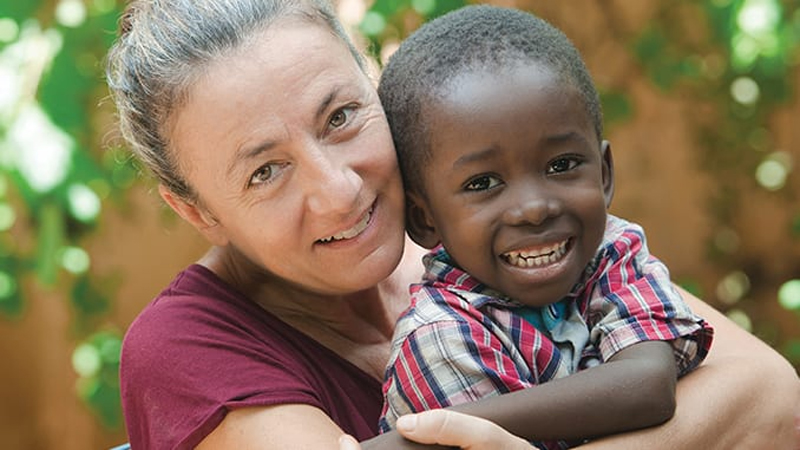Category: C
-
Circulatory system of the blood
The course of the circulation is as follows: the veins pour their blood, coming from the head, trunk, limbs and abdominal organs, into the right atrium of the heart. This contracts and drives the blood into the right ventricle, which then forces the blood into the lungs by way of the pulmonary artery. Here it…
-
Ciclosporin A
A drug used to prevent the rejection of transplanted organs such as the heart and kidneys.
-
Chorionic Gonadotrophic Hormone
A hormone produced by the placenta during pregnancy. It is similar to the pituitary gonadotrophins, which are blocked during pregnancy. Large amounts appear in a woman’s urine when she is pregnant and are used as the basis for pregnancy tests. Human gonadotrophins are used to treat delayed puberty and premenstrual tension.
-
Chlordane
An insecticide which has been used successfully against flies and mosquitoes resistant to DDT, and for the control of ticks and mites. It requires special handling as it is toxic to humans when applied to the skin. A organochlorine used as an insecticide. In humans it causes neurological toxicities (such as alterations in memory and…
-
Chinese Avian Influenza
A variety of influenza in chickens. Occurring in southern China in 1997, it appeared to jump the species barrier and infect humans. Some cases of the human version of the infection occurred in Hong Kong. There were fears of a serious epidemic which, because of a lack of natural resistance among humans, might have led…
-
Children Act
The Children Act 1989 (Children Act) introduced major reforms of child-care law. It encourages negotiation and cooperation between parents, children and professionals to resolve problems affecting children. The aim is to enable children to stay within their own families with appropriate back-up from local-authority and professional resources. The emphasis is on empowering families rather than…
-

Child health
Paediatrics is the branch of medicine which deals with diseases of children, but many paediatricians have a wider role, being employed largely outside acute hospitals and dealing with child health in general.
-

Child Adoption
Adoption was relatively uncommon until World War II, with only 6,000 adoption orders annually in the UK. This peaked at nearly 25,000 in 1968 as adoption became more socially acceptable, and the numbers of babies born to lone mothers rose in a climate hostile to single parenthood.
-
Cheyne-stokes breathing
A type of breathing which gets very faint for a short time, then gradually deepens until full inspirations are taken for a few seconds, and then gradually dies away to another quiet period, cyclically. It is seen in some serious neurological disorders, such as brain tumours and stroke, and also in the case of persons…
-
Chenodeoxycholic Acid
One of the bile acids, used in the treatment of cholesterol gall-stones for patients with mild symptoms, when other modern techniques are unsuitable. A vital component of bile, this substance plays a crucial role in facilitating the absorption of dietary fats and the elimination of cholesterol.